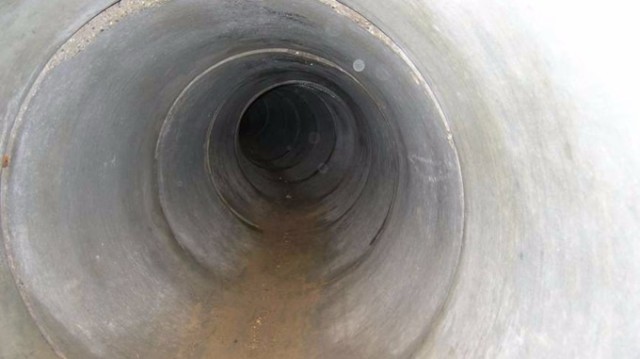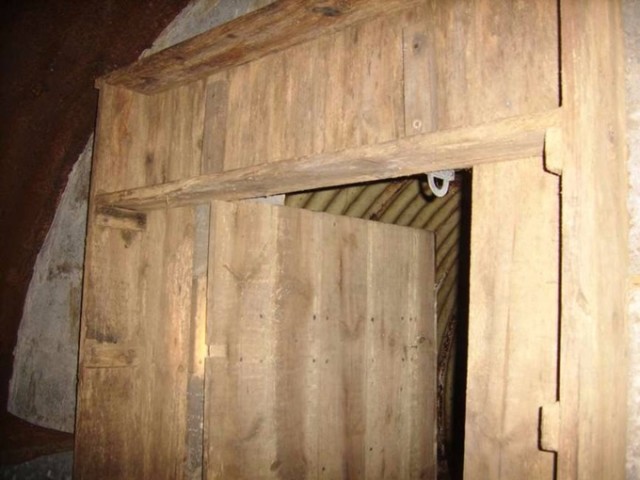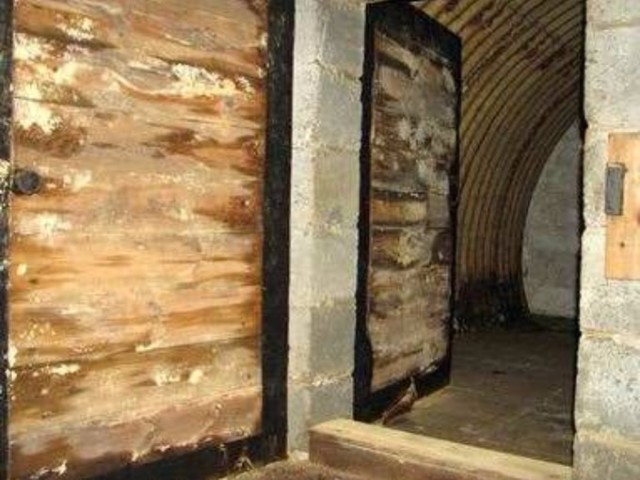A secret bunker built by order of Winston Churchill in 1940 was discovered outside of Norwich.
It was built as part of a secret communications network designed to counter the threat of German invasion. It is protected by the UK Government’s Department for Culture, Media and Sport as a scheduled monument, as advised by Historic England.

It was discovered by a retired groundsman in the gardens of a Norwich country house in 2012. It is believed to be one of only 32 IN-Stations or Zero Stations built in England during World War II. Only 12 have been found and this is one of the most intact. The fake bookcase concealing the wireless room and escape tunnel are still there.
During the early years of the war, a secret army of civilians was trained for the possibility of invasion and occupation of British coastal areas. They were trained as spies and secret agents who would report on German activities in the event of the occupation of coastal areas in Britain. More than 125 civilian-run OUT-Stations were established in dugouts or behind dummy walls in houses. This “Special Duties” branch shut down and their equipment was stripped from stations before their entrances were hidden. Details were kept secret about their locations and construction. Very little documentation of the stations exists; the information was protected in case the locations were needed again.

Historic England is requesting that anybody with information about family members who trained to be civilian spies, or any information about where the other 20 IN-Stations may be, to get in touch with them.

This amazing place that has survived intact played a highly secret but vitally important role in preparing us for a feared invasion during the Second World War.
Because so much information about the stations was either hidden or destroyed, this small but significant dugout has great potential to teach us about a relatively little-known area of our 20th-century military history.
– TONY CALLADINE, HISTORIC ENGLAND
